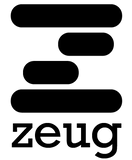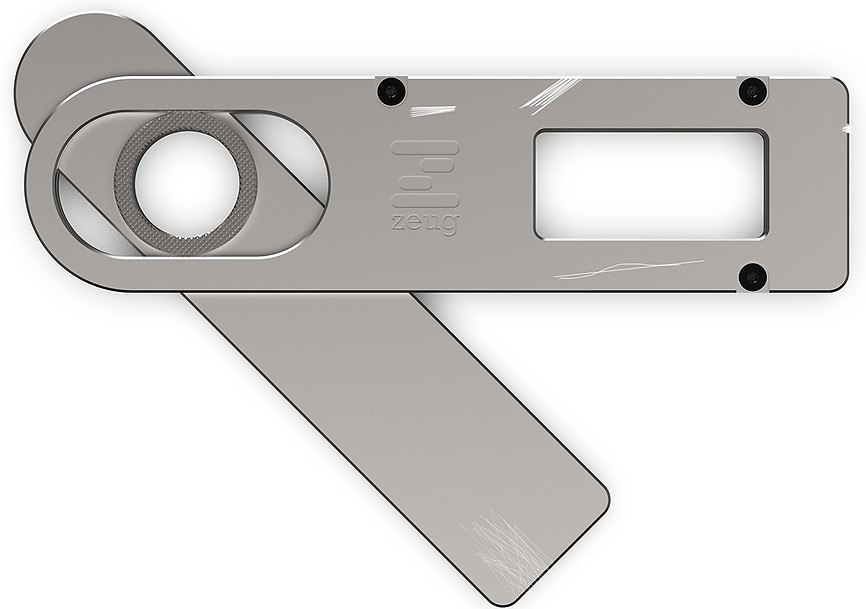

10 designed uses.
Infinite creative uses.
1 material.
97% less environmental impact.
110% more awesome.
Let's get to making!

Challenge
Looking through the lenses of personal and essential, design a product using both user-centered and sustainable design tools.
Time Frame
14 weeks
Essential and Personal
The first step was to define what these terms meant personally.
Essential
Essential is more than just “mission-critical” items. Essential is the stomach-drops-out feeling when the item, or person, is missing. It is a crucial, basic token without which some feeling of vulnerability occurs.
Personal
Personal means having intimate knowledge of all parts of an item: from the features to the scuffs and flaws. It is something that is exclusive and particular, the user prefers it and treats it with special care or even affection.
Multitool
For me, "Essential" and "Personal" leads straight to multitools and pocket gadgets.
There is an entire sub culture of "EDC" (Every Day Carry) who try to only have the most useful items with them at all times.
They are also big fans of knolling.
The Makers
Maker Culture has become more prominent in recent years. It is a response to the digital world, a return to hands on learning. Makers create anything for any reason from electronics to soft goods, functional to fun.
They also are one of the biggest populations in terms users of multitools.
I combed through hours of videos to distill the most common items and tools needed for the makers.

The Benchmark
The tool with the largest market share
and most widely accepted in the Leatherman Wave.
17 Tools, 8.7oz, all stainless steel, but
not without problems, ecologically and functionally.


Deadweight:
I.T. doesn't have need for a saw
Multitools subparts are too specific to be truly universally useful, what if instead it was a shape that afforded many functions?
Where is the Waste?
Process Tree
The life cycle assessment was a tool for generating design goals and strategies, identifying some of the problems areas in the benchmark product,
the Leatherman Wave
(mouse over for detail)
In parallel to the traditional design cycle, a Life Cycle Assessment (LCA) was performed on the benchmark Leatherman to identify potential opportunities.

All roads
lead here
The packing uses PVC and laminated board, all of which lasts as long as it takes for shipping and then the user to throw it away.
Even the full tool ends up here.
The Mission
Build user relationship to increase longevity
Make it harder to lose
No virgin material

originalzeug
Testing "what if a multitool was made of only sheet metal?"
testzeug
What kinds of functions are afforded by smaller apertures?
bigzeug
Originalzeug was too small, the larger geometry allowed asking users what they would use bigzeug to do.
formzeugs
Overall silhouettes and bottle opener testing
sketchzeug
anglezeug
Determining specific onboard tools
Could be used to measure a 45 degree angle, too!
3D Sketching
Using a laser cutter, I quickly made many prototypes and carried them with me wherever I went. It was insightful to put them in people hands unexplained and ask what function they thought it had, and each person's interpretation was based on their life, hobbies and needs.



show us your scars
#BraggingRights

Built my first table
Working on the GTO with Dad!
Alcohol was involved
That cooler was very stuck
In a strategy to increase product longevity, what if instead of seeing scuffs and scratches as imperfections, the user sees them as badges or stories?




Possible Uses


The Highlights

Design is a team sport, thanks to my colleagues and friends for their discussions, critiques, and feedback.
Thanks for reading!
Special Thanks for this Project
Heidrun Mumper-Drumm
Jonathan Abarbanel
Charlie Hodges

